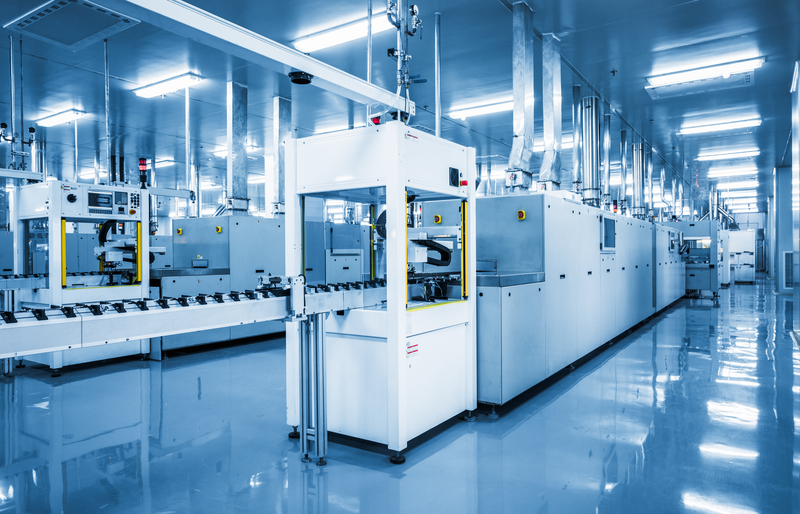
Harnessing automation for the future
Learn how automation has the potential to change your daily work activities, how quickly these technologies will become a reality in the workplace, and their expected impact on global employment and productivity.
This McKinsey Global Institute report analyzes the automation potential of the global economy, the factors that will determine the pace and extent of workplace adoption and the economic impact associated with its potential.
Key findings
- 60 per cent of all occupations have at least 30 per cent technically automatable activities
- Activities with the highest automation potential are:
- predictable physical activities (81 per cent)
- processing data (69 per cent)
- collecting data (64 per cent)
- There are five factors affecting pace and extent of adoption:
- technical feasibility: technology has to be invented, integrated and adapted into solutions for specific case use
- cost of developing and deploying solutions: hardware and software costs
- labour market dynamics: the supply, demand and costs of human labour affect which activities will be automated
- economic benefits: higher throughput, increased quality and labour cost savings
- regulatory and social acceptance: even when automation makes business sense, adoption takes time
- It’s doubtful increased automation will result in a surplus of human labour due to the aging population in both developed and developing economies. A deficit of human labour is more likely.
- At the microeconomic level, businesses will achieve competitive advantage from automation technologies, not just from labour cost reductions, but also from performance benefits such as increased throughput, higher quality and decreased downtime.
At the macroeconomic level, it’s estimated that automation could raise productivity growth on a global basis by as much as 0.8 to 1.4 per cent annually.